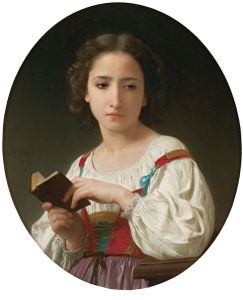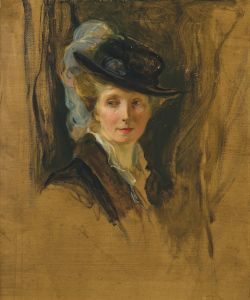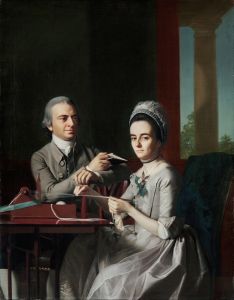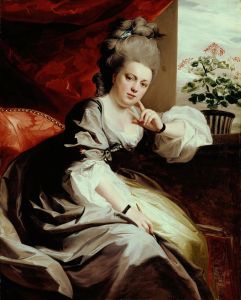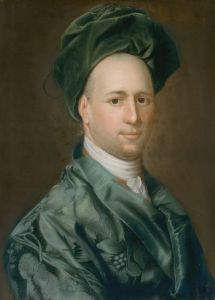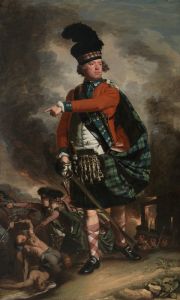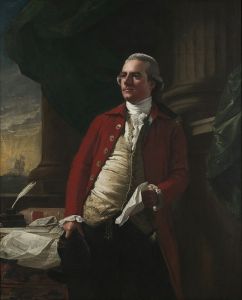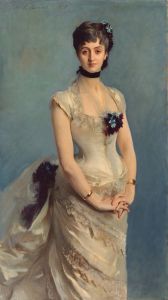
Mrs. Sylvanus Bourne
A hand-painted replica of John Singleton Copley’s masterpiece Mrs. Sylvanus Bourne, meticulously crafted by professional artists to capture the true essence of the original. Each piece is created with museum-quality canvas and rare mineral pigments, carefully painted by experienced artists with delicate brushstrokes and rich, layered colors to perfectly recreate the texture of the original artwork. Unlike machine-printed reproductions, this hand-painted version brings the painting to life, infused with the artist’s emotions and skill in every stroke. Whether for personal collection or home decoration, it instantly elevates the artistic atmosphere of any space.
John Singleton Copley, an influential American painter known for his portraits of prominent figures in colonial New England, painted "Mrs. Sylvanus Bourne" around 1766. This portrait exemplifies Copley's meticulous attention to detail and his ability to capture the character and status of his subjects through his art.
The subject of the painting, Mrs. Sylvanus Bourne, was the wife of Sylvanus Bourne, a notable merchant and public figure in colonial Massachusetts. Her maiden name was Mercy Gorham, and she belonged to a family with significant social standing in the region. The Bournes were part of the colonial elite, and commissioning a portrait by Copley was a testament to their wealth and social position.
Copley’s work is characterized by its realistic representation and the use of luxurious textures, which is evident in "Mrs. Sylvanus Bourne." The painting showcases Mrs. Bourne in a pose that reflects both grace and confidence. She is depicted wearing an elegant gown, which Copley rendered with exquisite detail, highlighting the fabric's sheen and intricate patterns. This attention to clothing and material was a hallmark of Copley's style, as it not only demonstrated his technical skill but also conveyed the subject's social status.
The background of the portrait is typical of Copley’s work during this period, often featuring a neutral or dark backdrop that serves to emphasize the subject. This technique draws the viewer’s attention directly to Mrs. Bourne, allowing her presence and the details of her attire to dominate the composition. Copley’s use of light and shadow further enhances the three-dimensionality of the figure, a technique he mastered to bring a lifelike quality to his portraits.
Copley was largely self-taught, drawing inspiration from prints and engravings from Europe, as well as the works of other artists he encountered. Despite the limited artistic resources in colonial America, he developed a style that was both distinctive and highly sought after. His ability to capture the likeness and personality of his subjects made him one of the most successful portraitists of his time.
"Mrs. Sylvanus Bourne" is a testament to Copley’s skill in portraying the colonial American elite. The painting not only serves as a personal memento for the Bourne family but also provides modern viewers with a glimpse into the fashion, culture, and social dynamics of 18th-century New England. Copley’s portraits are valuable historical documents, offering insights into the lives and appearances of individuals from a bygone era.
Today, John Singleton Copley is celebrated as one of the leading American artists of the 18th century. His works are held in high esteem and are part of numerous prestigious collections, including those of major museums and galleries. "Mrs. Sylvanus Bourne" remains an important piece within Copley’s oeuvre, exemplifying his contribution to American art and his enduring legacy as a master portraitist.





